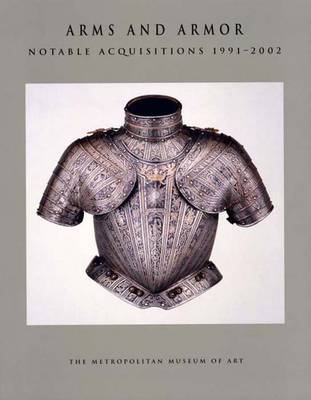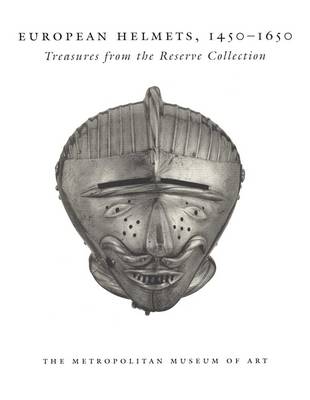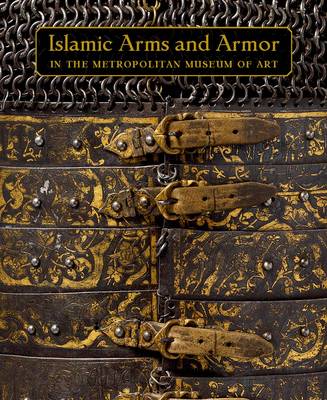Metropolitan Museum of Art
3 total works
Helmets, the earliest known form of body armor, remain an essential element of protection for the modern soldier and firefighter as well as the sportsman. In the late Middle Ages and the Renaissance, European helmet design reached its apogee, with armorers creating headpieces in steel of ingenious construction and powerful sculptural form. Whether intended for aristocratic mounted knights or humble infantrymen, helmets had to provide maximum defense for the most vital, and vulnerable, part of the body while offering reasonable comfort of wear with adequate sight and ventilation. The forging of a helmet was thus the armorer's greatest challenge and, very often, his finest achievement, balancing the practical function of defense with the aesthetics of line and mass. Utilizing the Metropolitan Museum's outstanding collection of arms and armor-in this case, items from the reserve collection that have long been out of public view-this exhibition and catalogue explore the evolution, technology, form, and fashion of European head defense over two centuries, from 1450 to 1650. [This book was originally published in 2000 and has gone out of print. This edition is a print-on-demand version of the original book.]
Islamic Arms and Armor
by David Alexander, Stuart W. Pyhrr, and Will Kwiatkowski
From its origins in the 7th century, armor and weaponry were central to Islamic culture not only as a means of conquest and the spread of faith, but also as symbols of status, wealth, and power. More than 120 exceptional examples from the renowned collection of The Metropolitan Museum of Art are presented in detail to demonstrate the remarkable craftsmanship and beauty of Islamic arms and armor. These diverse objects, which have never been catalogued or published in detail, span ten centuries and represent nearly every Islamic culture, from Spain to the Caucasus. Among these masterpieces are rare early works, such as the oldest documented Islamic sword, and fine examples of decorated helmets and body armor from late-15th-century Iran and Anatolia. Also included are lavish gem-studded weapons from royal courts in the Ottoman world and India. Each piece is handsomely photographed, with a detailed discussion of its technical, historical, and artistic importance. Made by master artisans in conjunction with leading designers, goldsmiths, and jewelers, these stunning objects demonstrate how utilitarian military equipment could be transformed into striking and extravagant works of art.
Published by The Metropolitan Museum of Art/Distributed by Yale University Press


